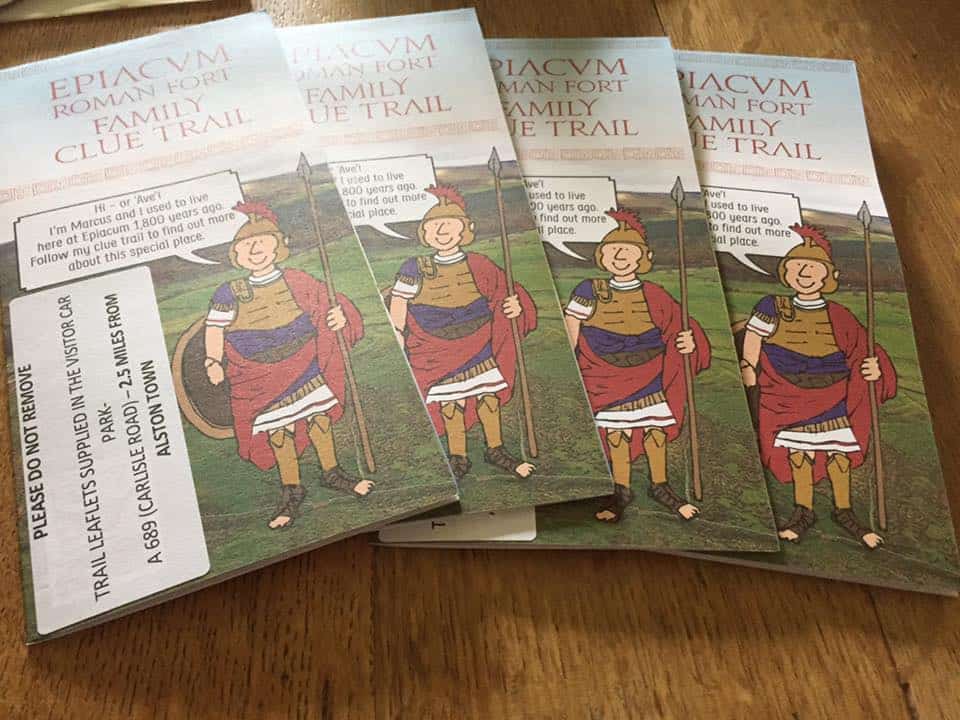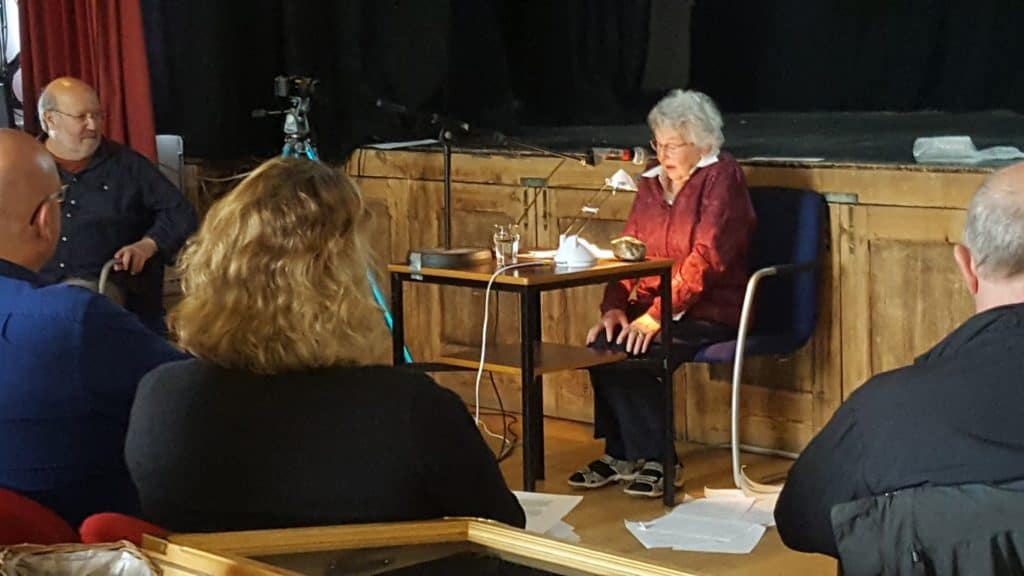Yesterday the wall gave up more evidence of early life at Epiacum.
Becoming frequent now are the forts main building stones…

The Romans, masters of standardisation had standard shapes for the stones they used to construct forts with. All the stones in most Roman forts were this Triangular shape so that when they got to corners they would fit together nicely to male rounded corners which are stronger than sharp square corners. The face of the stone is square.
Next we are finding roman bricks…

Interestingly many of which (including sandstones) are showing blackening from burning…

This could be as they were part of an oven or hypocaust (underfloor heating). These could come from the Roman baths which have been found on the ramparts (part of the later life of the fort) or the Commandant had underfloor heating… 2,000 years ago.
An Army marches on it’s stomach and a lot of daily activity in and around any settlement in Iron Age, Roman era and Medieval times would have revolved around food.
We are finding an increasing amount of Quern Stones for grinding wheat and other gains into flour.

Two stones would be rotated with the inside faces having carved grooves…

This is a very thin small quern stone. But these…

are much bigger and sturdier.
I wonder if the drystone wall builders in Victorian times had any idea what they were using to build their walls, and just how old these items are?
It is incredible to discover so much material in one dry stone wall. The wall is beating all expectations of everyone involved in operation Jericho.
As you can see, much of the big wall has gone already

Stay tuned to see what new secrets the wall will surrender today…
DW
In this series:
- Operation Jericho – The Set up
- Day 1 Operation Jericho – The wall starts to fall-new finds
- Day 2 The weather is getting better
- Day 2 The walhttps://youtu.be/Vr4157FW1vcl reveals more secrets
- More Day 2 finds
- Day 3 Some good questions
- Day 3 finds and news about the wall
- Day 4 more wall fun
Overview of the project:


